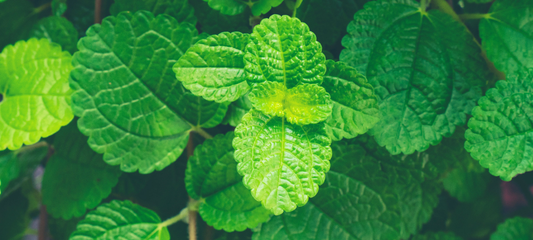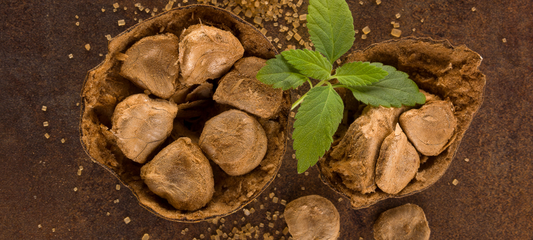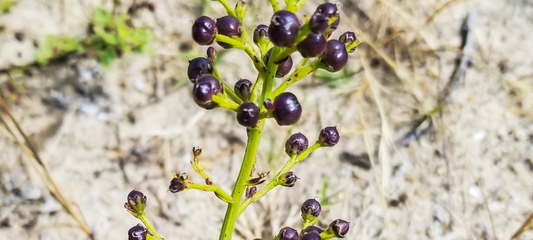
Scrophularia Root: The Unsung Hero of Herbal Honey Lozenges
Share
You’ve probably never heard of Scrophularia root. It doesn’t sit in the produce aisle, begging for attention like kale or avocado. Instead, it quietly exists in the shadows of ancient apothecaries and traditional Chinese medicine (TCM), where it’s been helping people feel better for centuries. Known as Xuan Shen in TCM, this fascinating root that is used as a secret weapon for respiratory and throat health.
A Root With Roots: The History of Scrophularia
The name Scrophularia might sound like something you’d come across in a Harry Potter spellbook, but it actually derives from the Latin word “scrofula,” a term for swollen lymph nodes. That’s because, historically, Scrophularia root was used to treat lymphatic disorders and other inflammatory conditions. This herb has been mentioned in medical texts for centuries, from ancient China to medieval Europe, where it was considered a cure-all for ailments ranging from skin infections to respiratory issues.
In TCM, Scrophularia root is classified as a “cooling” herb, prized for its ability to clear heat and detoxify the body. Ancient practitioners prescribed it to calm inflammation, soothe dry throats, and nourish the lungs. Its dark, knotted appearance may not scream “healing herb,” but its benefits are anything but ordinary.
The Science Behind Scrophularia
If you’re a science nerd (or just someone who enjoys a good herbal deep dive), you’ll love what modern research has uncovered. It's packed with bioactive compounds like iridoid glycosides, flavonoids, and saponins. These compounds are responsible for its anti-inflammatory, antioxidant, and immune-modulating properties.
Let’s break it down:
- Anti-inflammatory: Scrophularia root helps calm irritated tissues, making it ideal for sore throats, dry coughs, and respiratory inflammation.
- Detoxifying: In TCM, Scrophularia is often used to “clear heat” and remove toxins from the body. Modern science supports this, showing its potential to help the body combat oxidative stress and inflammation.
- Moisturizing: This root has a unique ability to nourish and moisten tissues, providing relief from dryness—especially helpful for irritated throats and lungs.
Fun and Fascinating Facts About Scrophularia
Scrophularia isn’t just effective—it’s downright intriguing.
- A Plant With a Nickname: In English, Scrophularia is sometimes called "figwort" because its flowers resemble tiny figs. But don’t let the dainty appearance fool you—this plant is tough, thriving in rugged, mountainous terrains.
- Not Just for Humans: Historically, Scrophularia was also used as a treatment for livestock. Farmers believed it could help heal skin conditions and infections in their animals. The root was a trusted friend to shepherds and herbalists alike.
- A Global Herb: While Scrophularia has deep roots in Chinese medicine, it also appears in European folk medicine. In medieval times, it was commonly used to treat “scrofula,” a form of tuberculosis affecting the lymph nodes.
Scrophularia in Modern Remedies
Scrophularia root has found a home in modern herbal formulations, especially for throat and respiratory health. Take Golden Lotus Lung & Throat Lozenges, for example. These lozenges combine Scrophularia root with other powerhouse botanicals like licorice root, loquat leaf, and honeysuckle flower to create a soothing, effective remedy for sore throats and coughs.
Final Thoughts
Scrophularia root may not be flashy, but it’s a reminder that some of the most effective remedies are also the most understated. With its rich history, fascinating backstory, and proven health benefits, this humble root has earned its place as a cornerstone of traditional medicine—and a key ingredient in herbal honey lozenges.
So next time you’re reaching for relief, remember: behind every Golden Lotus Lozenge is a world of herbal wisdom, and Scrophularia root is right at the heart of it. Try it for yourself and discover why this unassuming root has been cherished for centuries.



